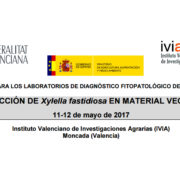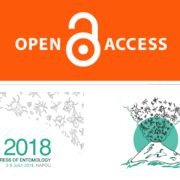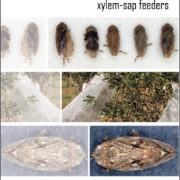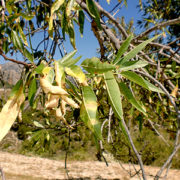Detection of Xylella fastidiosa: validation and implementation of routine testing methods
Authors: G. Loconsole, D. Boscia, O. Potere, S. Zicca, G. Altamura, F. Palmisano, V. N. Savino, M. Saponari
Type of contribution: Conference Abstract | Oral Presentation
Conference: 22th Congress of the Italian Society of Plant Pathology, 19-22 September 2016, Roma (Italy)
Keywords: Xylella, Detection, qPCR, LAMP, ELISA
Corresponding author: G. Loconsole (UNIBA-DiSSPA)
Abstract
Accurate and early detection of Xylella fastidiosa (Xf) is a major challenge due to the wide range of host plants (different matrices/tissues, rate of host colonization) and the occurrence of symptomless bacterial infections. The recent establishment of this exotic plant pathogenic bacterium in the EU territory and the large panel of EU susceptible host plants increased the need for rapid diagnostic tools suitable for processing large number of samples and from different sources. Although, several approaches are currently available for the detection of Xf in the host plants and vectors, there is a need for harmonized protocols and user-friendly diagnostic tests. In this study, we compared the sensitivity and the reliability of a selected panel of currently available protocols (ELISA, PCR, qPCR), in comparison with novel approaches based on automatized diagnostic platform and on DTBIA and LAMP-based assays. The overall results showed that: (i) although resulting in different diagnostic sensitivity all the approaches tested were able to detect the bacterium in samples from symptomless plants; (ii) Real-time LAMP assay based using crude plant sap can represent a rapid and reliable screening test; (iii) Real-time quantitative PCR assays had the higher diagnostic and analytical sensitivity; (iv) the use of automatized platform allowed to prepare PCR-templates with high and standardized quality for highly reliable diagnostic results; (v) DTBIA had the lowest diagnostic sensitivity, yet representing a useful approach when movement of Xf infected materials is limited due to the phytosanitary regulations.








